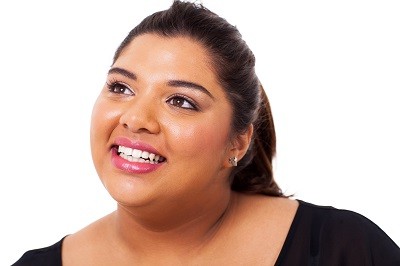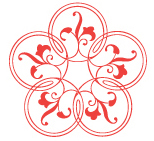 Water-Jet Assisted Liposuction (WAL) is a highly specialized technique used in the treatment of Lipedema.
Water-Jet Assisted Liposuction (WAL) is a highly specialized technique used in the treatment of Lipedema.
Unlike conventional Liposuction methods, during the WAL procedure, fat is gently detached from the tissue structure by a flat, fan-shaped water-jet, and then aspirated. The surrounding lymphatics, connective tissue, nerves, and blood vessels remain much less traumatized which is extremely important in the treatment of Lipedema.
The main objective of the WAL procedure is to alleviate pain, increase mobility, and prevent the progression of Lipedema which can severely limit a patient’s activities of daily living (ADLs). Experts agree that WAL is not a cosmetic procedure for Lipedema patients but is instead absolutely medically necessary.
To view before and after Water-Jet Assisted Liposuction photographs click here.
Candidates for WAL
- Females that suffer from Lipedema
- Stage I, 2, or 3 Lipedema patients. Learn more+
- Lymph blockage that leads to a hardening of tissue
- Degenerative changes in the joints due to wrongly placed stress and excess weight. Learn more+
Benefits of the WAL Procedure
- Rapid healing and wound recovery
- Local anesthesia is used putting less stress on the lymphatic system
- Compression garments may only be necessary for a few weeks in early-stage cases. More advanced cases require long-term use of compression. Learn more+
- Less pain and discomfort
- Little or no damage to the surrounding tissues
- Reduced risk of complications compared to other forms of Liposuction
About the Procedure
Surgical treatment of Lipedema is performed using Water-Jet Assisted Liposuction (WAL), a lymph sparing Liposuction performed using local tumescent anesthesia (not general). During a WAL procedure, a fan-shaped water jet is directed at the subcutaneous space in order to separate the fat cells from the tissue. At the same time the injected fluid, along with the detached fat cells, is suctioned off mechanically by means of a defined vacuum pressure. Research shows lymph sparing Liposuction yields good long term results in reduction of Lipedema pain and in stopping the progression of Lipedema.
Aftercare and Recovery
Depending on the amount of fat removed and a patient’s overall health, an overnight stay in the hospital may be needed for observation purposes; however, most WAL procedures are performed on an outpatient basis. Patients should expect bruising, swelling and soreness for a few weeks while wearing compression garments. Patients should also maintain a proper diet and exercise plan. Learn more+
Dr. Marcia Byrd and her team of experts care for patients throughout the United States, Canada, and internationally. If you suspect that you suffer from Lipedema, call (770) 587-1711 and schedule a consultation. Be the best you can be and live a full life – there is no reason to wait!
